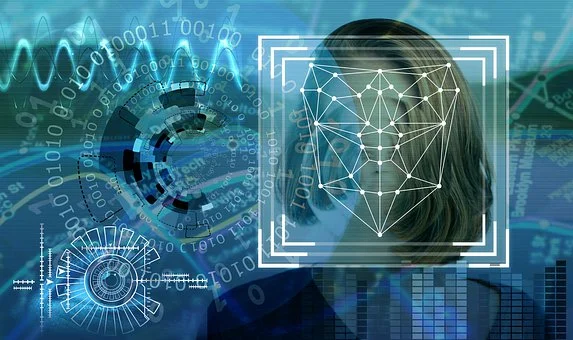The increasing use of technology to verify one's identity has been gradually making its presence known in everyday life. Whether it's two-factor authentication for online banking and mobile apps, or facial recognition technology on smartphones, it is clear that ID verification is becoming increasingly common.
With online crime and identity theft continuing to rise, cybersecurity is becoming a major priority for businesses and customers alike. Predicted to cost the world $10.5 trillion annually by 2025 (up from $3 trillion in 2015), businesses need to prioritize this issue to protect client and visitor identification. In order to stay ahead of criminals, security-focused technology must continue to evolve to help mitigate fraud and protect sensitive data from falling into the wrong hands.
This article will provide insight into the ways technology is being used to counter fraud by looking into some of the global trends for identity verification.

Biometrics
Biometric technology such as fingerprint and facial recognition has quietly integrated itself into everyday life, from home security systems to smartphones. With each new iteration of technology, the biometrics industry continues to expand with the global biometric system market projected to grow to $65.3 billion by 2024.
It is clear that biometrics will play an increasing role in identity verification. Unlike traditional methods of verification such as PINs and passwords, biometrics do not rely on memory and can not be stolen or compromised making them less susceptible to fraud. Other advantages include the convenience of being able to validate an individual's identity immediately without having to scour through documentation. It can also be easily integrated with other digital processes, making it suitable for online transactions and remote access.
ID Scanning
Another method of verifying identity which many banks and online businesses use is ID scanning. With continual improvements in accuracy, many online-based businesses are opting for ID scanning solutions to meet their verification requirements.
ID scanning software is a convenient way to accept and validate necessary identity information, such as a passport, from a mobile device or webcam. ID scanners replace the need to manually type in identity-related information, saving user's and client's valuable time. ID scanning technology can be up to 20 times faster than typing, making for a seamless customer experience. Digitizing data also reduces the cost of storing paper records, helping to streamline business processes.
The versatility of ID scanning brings benefits to many industries. For instance, ID scanning can be used for contactless check-ins at hotels and airports, as well as in casinos, where individuals can be checked against banned lists and compliance with state laws. No matter the industry, digitally capturing and verifying the identity of individuals offers a quick and reliable solution to many businesses.
As both consumers and businesses become increasingly security conscious, the creation of more effective and reliable identity verification technology will be required to meet their demands.
As highlighted in this article, technology is continually embracing the cybersecurity challenge to stay ahead of fraudsters and to make the identity verification process as secure as possible.














